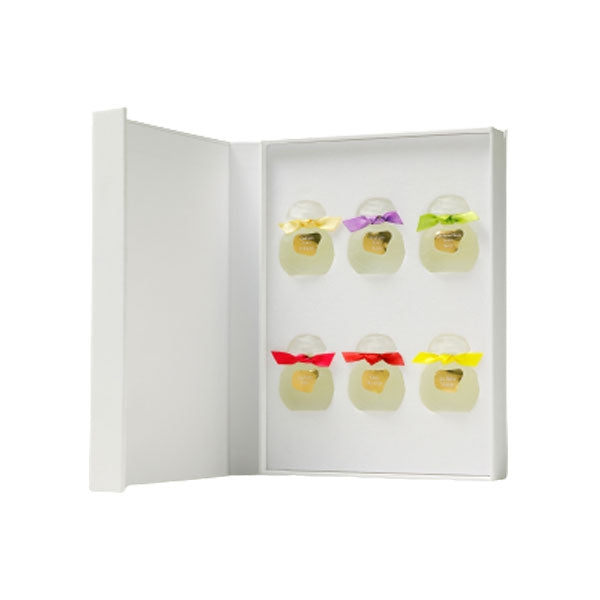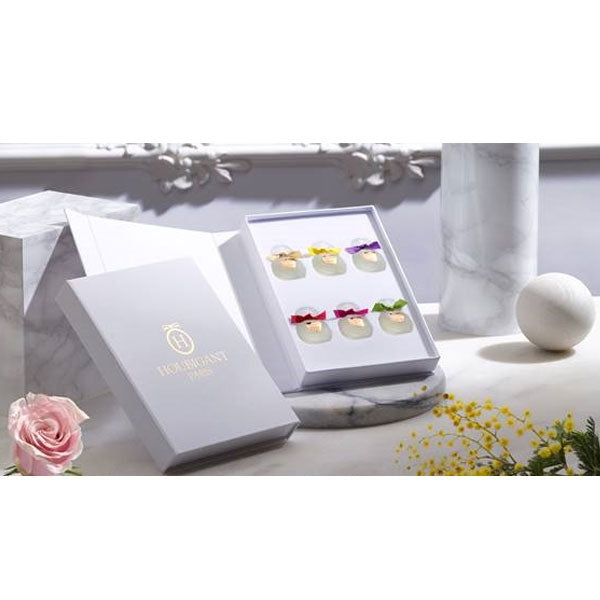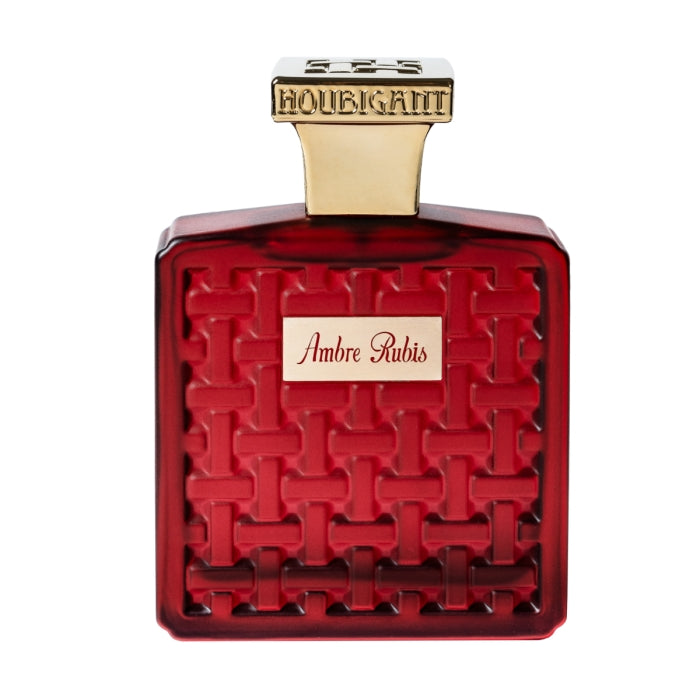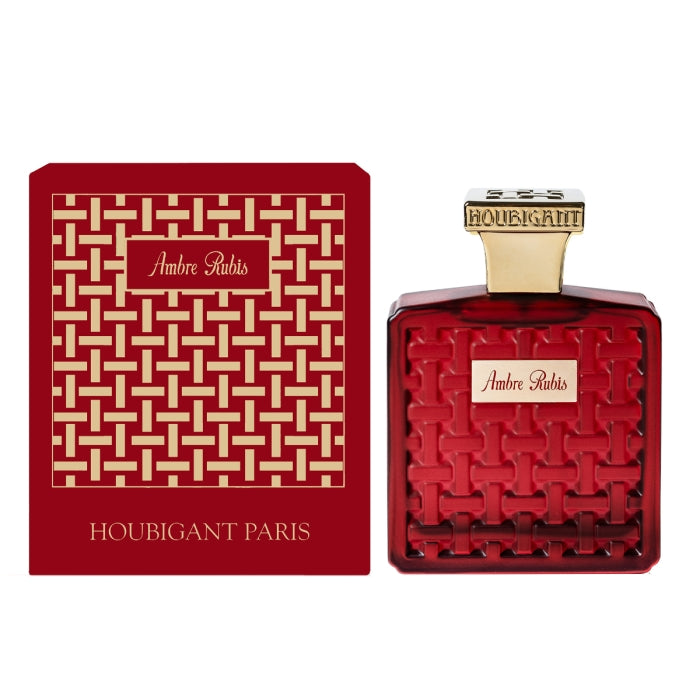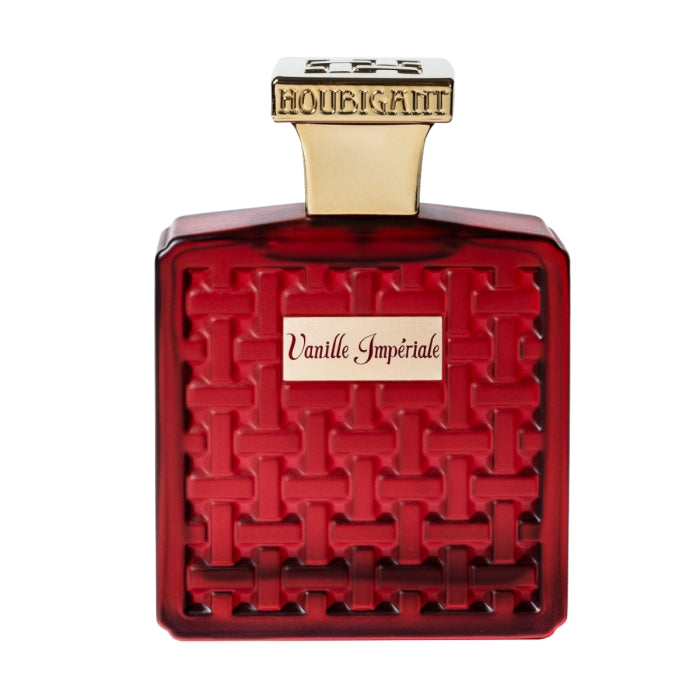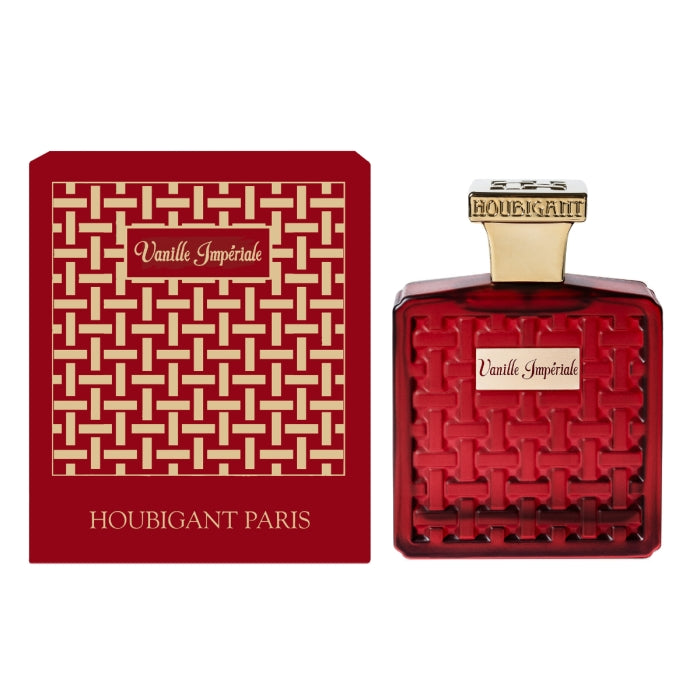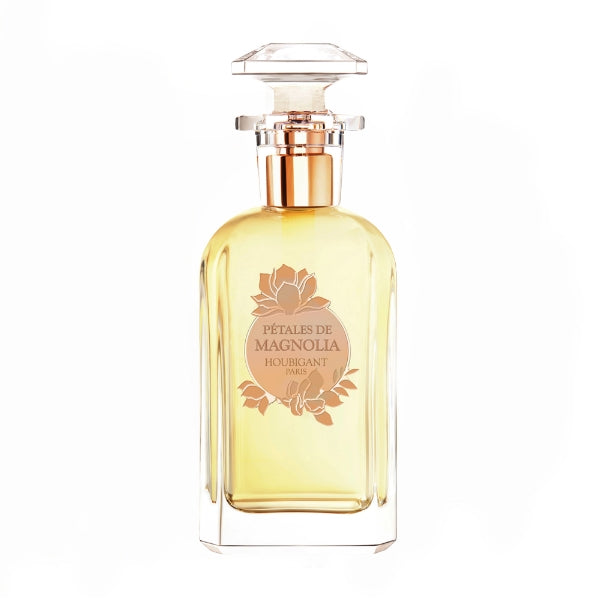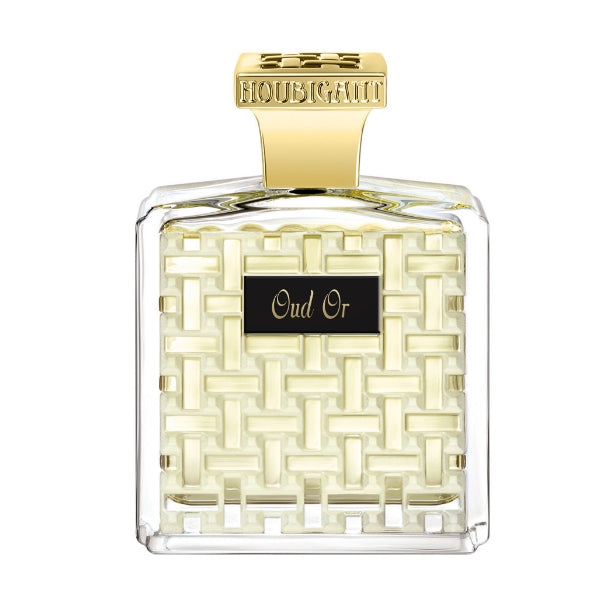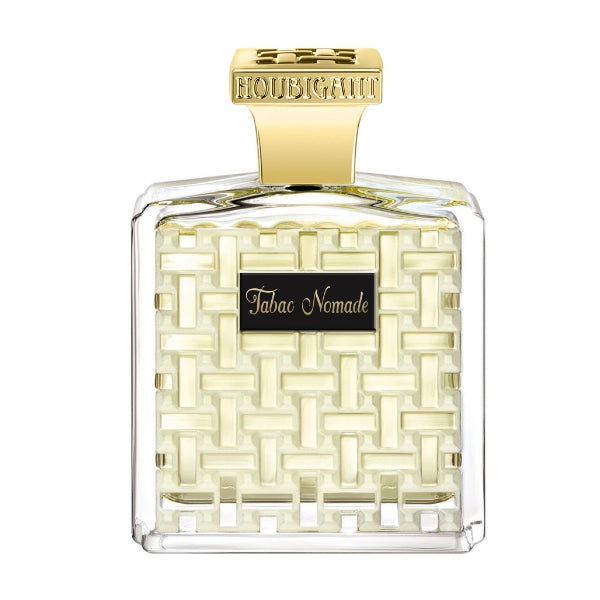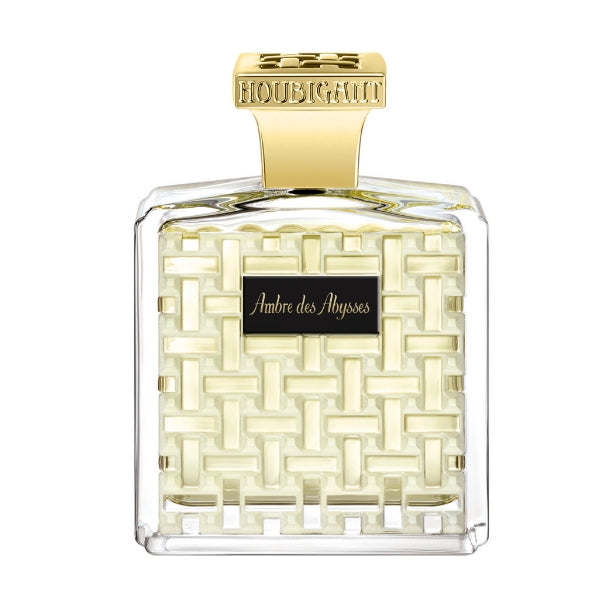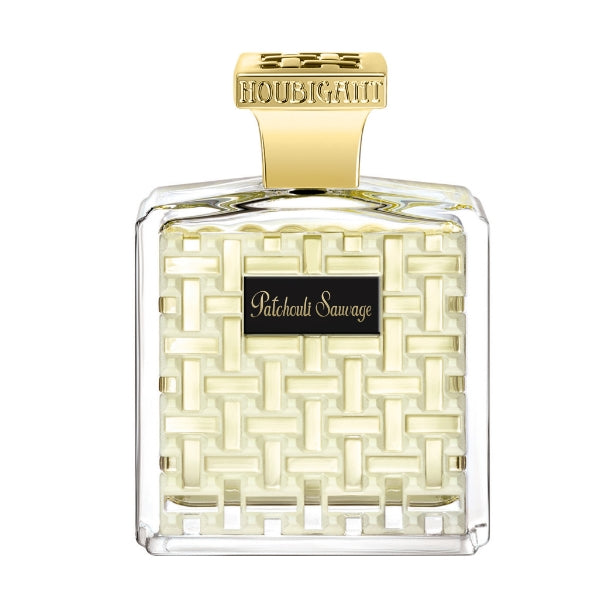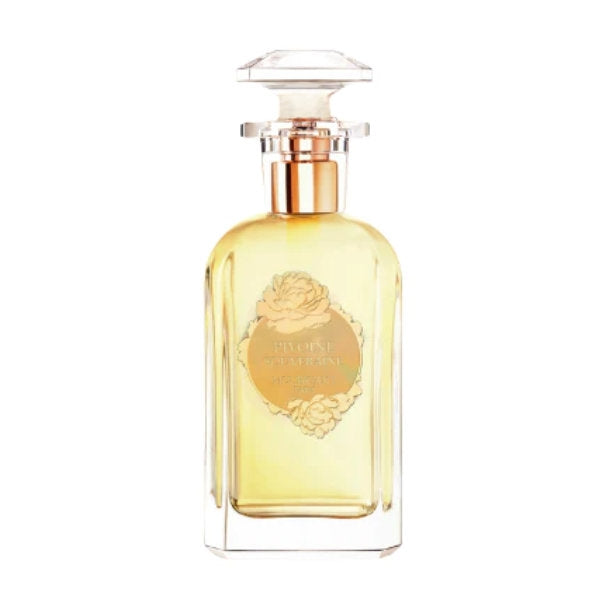More about Houbigant
Back in 1775, Jean-François Houbigant opened a shop on Rue Faubourg St Honoré in Paris, thereby founding what was probably, without him knowing it, France's oldest perfume house. A hand-painted sign hung in front of the shop, depicting a basket of flowers, which earned it the name ‘A la Corbeille de Fleurs’. At that time, Houbigant sold gloves, perfumes and bridal bouquets. Houbigant's fragrances were particularly popular with the aristocracy, which allowed his business to flourish. Jean-François Houbigant died in 1807 and his son Armand-Gustave took over the company. In the same year, Houbigant was appointed court perfumer to Napoleon and created a fragrance for Empress Joséphine. His client list included such prominent names as Marie-Antoinette of France and Queen Victoria, from whom he received the title ‘Perfumer to Her Majesty, Queen Victoria of England’ in 1838.
In 1880, perfumer Paul Parquet became a partner in the company and was to shape it like no other. Parquet turned Houbigant into a global business and revolutionised the entire art of perfumery in the process, as he recognised how important synthetic fragrances were to become. For his fragrance ‘Fougère Royale’, launched in 1882, he used artificially produced coumarin for the first time. At the time, however, this revolution was kept secret from customers so as not to cast any doubt on the quality.
From 1912 onwards, it was perfumer Robert Bienaimé who worked for Houbigant until he founded his own company in 1935. His most famous fragrance was ‘Quelques Fleurs’, also featuring groundbreaking new synthetic substances, which became his greatest success and one of the company's best-selling perfumes.
Until 1950, the two perfumers Paul Schving and Marcel Billot worked for Houbigant. Billot's ‘Chantilly’ from 1941 became particularly famous at this time. Despite this long and often eventful company history, we are still delighted to be able to offer you the timeless classics of Houbigant today.



